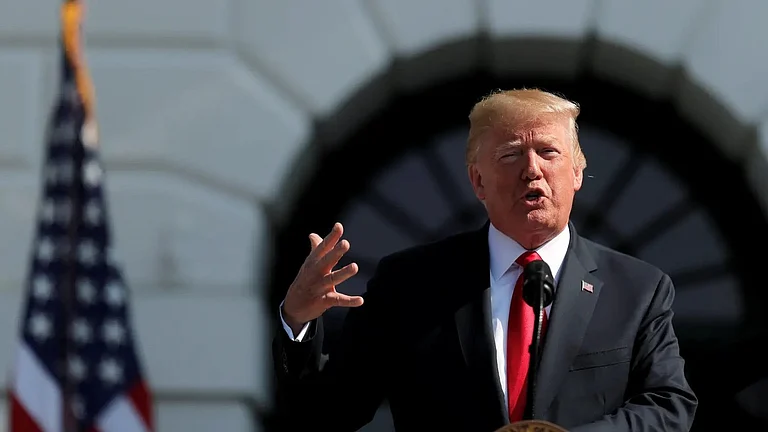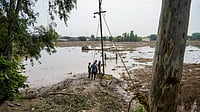Conservationists are expressing concerns over Donald Trump’s recently signed executive order on April 17 that directed the Commerce Department to loosen regulations by opening up the Pacific Islands Heritage Marine national monument to commercial fishing, reported The Guardian.
A federally protected area in the central Pacific Ocean, the Pacific Islands Heritage Marine national monument spans nearly 500,000 sq miles and now has been opened to commercial fishing to boost domestic seafood production and support American businesses.
“The Order strengthens the US fishing industry by reducing regulatory burdens, combating unfair foreign trade practices and enhancing domestic seafood production and exports,” the White House statement said.
The US controls over four million square miles of prime fishing grounds but imports nearly 90% of its seafood, resulting in a trade deficit exceeding $20 billion, the White House stated.
According to Reuters, Trump also opened up the 400,000 acres of the Pacific Remote Islands Marine National Monument, which is located in south and west of Hawaii, to commercial fishing.
Impact on Marine Life and Coral Reefs
The executive order allows US-flagged commercial fishing vessels to fish commercially within 50 to 200 nautical miles of the monument boundaries.
This proclamation comes amid the revelation by the US National Oceanic and Atmospheric Administration in partnership with the International Coral Reef Initiative on April 15 that the world’s worst ongoing global bleaching event has affected 83.7% of the world’s coral reefs. DownToEarth further revealed that at least 83% countries and territories are experiencing mass coral bleaching.
Marine protected areas protect the ocean from harmful activities including human intervention, offshore oil and gas extraction, and industrial fishing practices. These areas produce benefits for both marine life and fishermen by helping overfished species recover, revealed DownToEarth.
Environmental experts, as cited by The Guardian, say that Trump’s proclamation will affect the American fishers negatively in the long run, leading to higher seafood prices for American consumers.
































